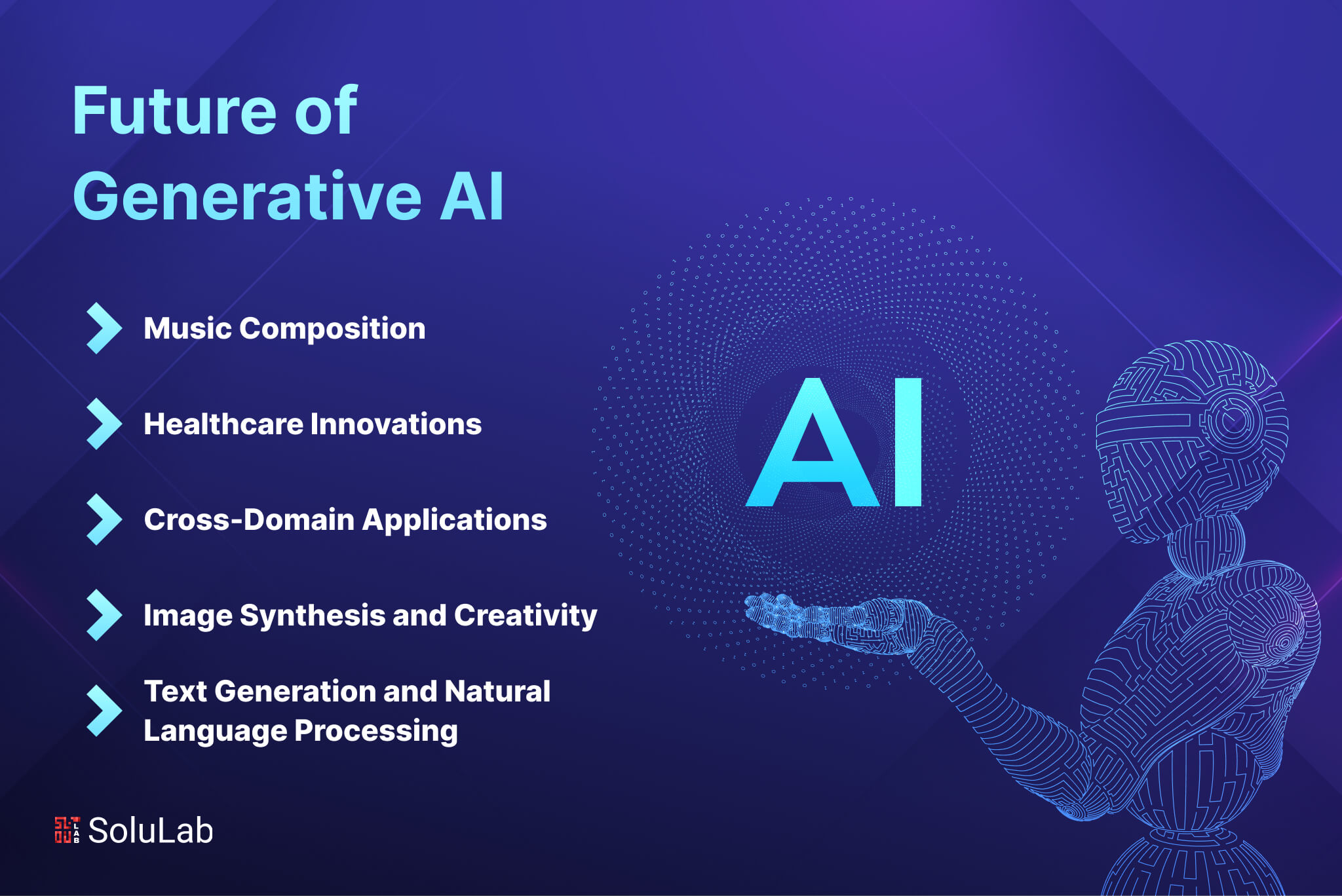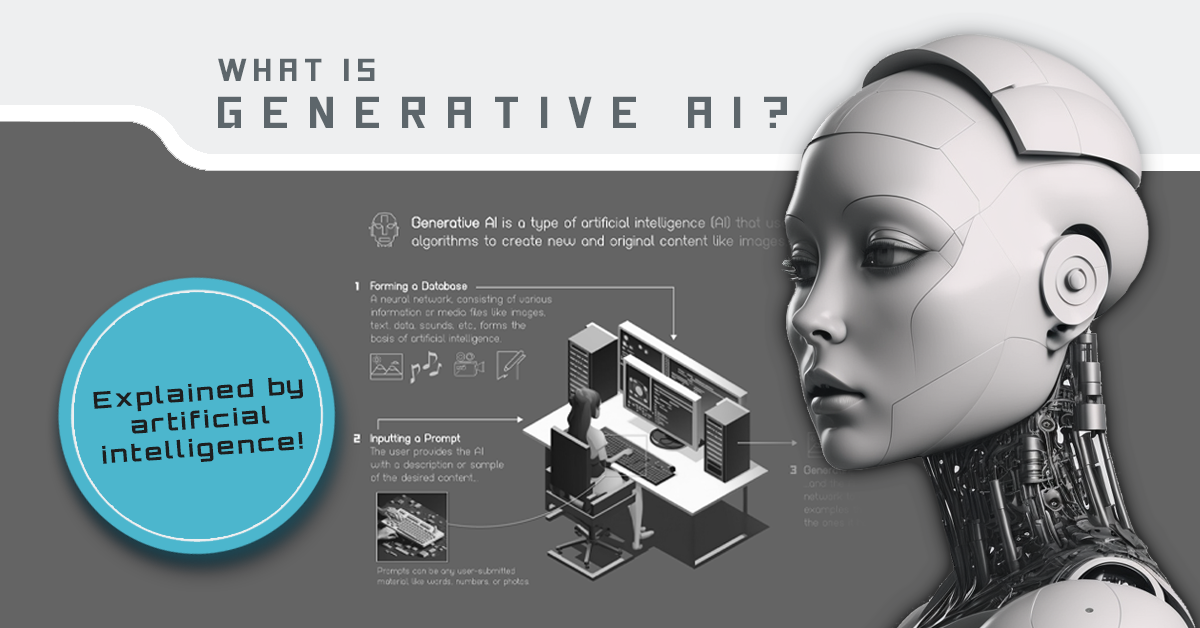All Categories
Featured
Table of Contents
For circumstances, such versions are educated, making use of countless examples, to anticipate whether a specific X-ray reveals indications of a growth or if a specific customer is likely to default on a loan. Generative AI can be assumed of as a machine-learning model that is trained to create brand-new information, as opposed to making a forecast regarding a details dataset.
"When it comes to the real equipment underlying generative AI and other sorts of AI, the distinctions can be a little blurred. Frequently, the same formulas can be made use of for both," claims Phillip Isola, an associate teacher of electrical design and computer system scientific research at MIT, and a participant of the Computer technology and Artificial Knowledge Laboratory (CSAIL).

However one huge distinction is that ChatGPT is far larger and extra complex, with billions of specifications. And it has been trained on a huge quantity of information in this case, much of the publicly offered text on the net. In this significant corpus of text, words and sentences show up in turn with particular reliances.
It learns the patterns of these blocks of message and uses this expertise to suggest what could follow. While larger datasets are one catalyst that led to the generative AI boom, a range of significant research study developments also caused even more complex deep-learning designs. In 2014, a machine-learning architecture called a generative adversarial network (GAN) was recommended by scientists at the College of Montreal.
The generator tries to deceive the discriminator, and at the same time learns to make more practical outputs. The picture generator StyleGAN is based upon these kinds of models. Diffusion versions were presented a year later by scientists at Stanford College and the College of The Golden State at Berkeley. By iteratively improving their result, these designs learn to generate brand-new information examples that look like examples in a training dataset, and have actually been utilized to develop realistic-looking photos.
These are just a few of many strategies that can be used for generative AI. What all of these methods have in typical is that they convert inputs into a collection of tokens, which are numerical depictions of pieces of data. As long as your data can be exchanged this requirement, token format, after that in concept, you could use these techniques to create brand-new data that look comparable.
Ai Coding Languages
Yet while generative versions can attain unbelievable results, they aren't the most effective selection for all sorts of data. For jobs that involve making forecasts on structured data, like the tabular data in a spread sheet, generative AI designs have a tendency to be surpassed by conventional machine-learning techniques, states Devavrat Shah, the Andrew and Erna Viterbi Professor in Electric Design and Computer Scientific Research at MIT and a participant of IDSS and of the Research laboratory for Info and Choice Solutions.

Formerly, people needed to speak to devices in the language of devices to make things happen (How is AI used in gaming?). Now, this interface has identified just how to speak to both human beings and equipments," states Shah. Generative AI chatbots are currently being made use of in call centers to field questions from human customers, but this application underscores one potential red flag of executing these versions worker variation
Ai Job Market
One promising future direction Isola sees for generative AI is its usage for construction. As opposed to having a design make a photo of a chair, probably it could produce a prepare for a chair that could be produced. He also sees future uses for generative AI systems in establishing more typically smart AI agents.
We have the capability to assume and fantasize in our heads, to come up with intriguing concepts or plans, and I assume generative AI is one of the devices that will equip agents to do that, as well," Isola states.
Ai-driven Customer Service
2 additional current developments that will be talked about in more detail below have played a critical part in generative AI going mainstream: transformers and the advancement language designs they enabled. Transformers are a type of maker learning that made it possible for scientists to train ever-larger models without needing to label all of the data ahead of time.

This is the basis for tools like Dall-E that automatically create photos from a text summary or create message subtitles from images. These innovations regardless of, we are still in the very early days of making use of generative AI to develop legible message and photorealistic stylized graphics.
Going ahead, this modern technology might help create code, layout new medicines, create items, redesign business processes and transform supply chains. Generative AI begins with a prompt that can be in the type of a text, an image, a video, a design, music notes, or any input that the AI system can refine.
Scientists have been creating AI and various other devices for programmatically generating material since the early days of AI. The earliest techniques, known as rule-based systems and later on as "expert systems," utilized explicitly crafted regulations for creating reactions or data collections. Semantic networks, which develop the basis of much of the AI and artificial intelligence applications today, turned the trouble around.
Established in the 1950s and 1960s, the first neural networks were limited by an absence of computational power and small information collections. It was not until the introduction of huge data in the mid-2000s and enhancements in computer that semantic networks ended up being practical for creating material. The area increased when researchers discovered a means to obtain semantic networks to run in parallel across the graphics refining units (GPUs) that were being made use of in the computer gaming market to make computer game.
ChatGPT, Dall-E and Gemini (previously Poet) are preferred generative AI interfaces. In this case, it links the significance of words to visual aspects.
Natural Language Processing
It makes it possible for users to generate images in several designs driven by individual triggers. ChatGPT. The AI-powered chatbot that took the world by storm in November 2022 was built on OpenAI's GPT-3.5 implementation.
Latest Posts
Ai Trend Predictions
What Are Ai-powered Robots?
How Does Ai Improve Medical Imaging?